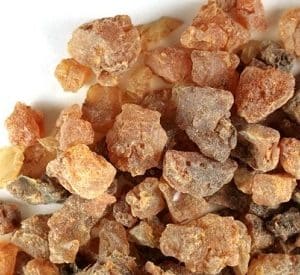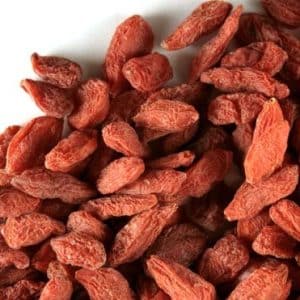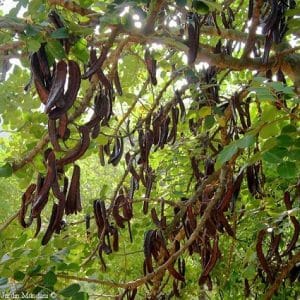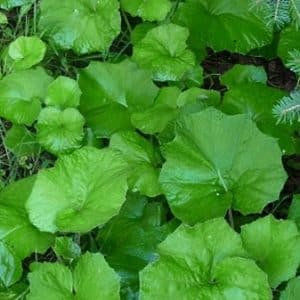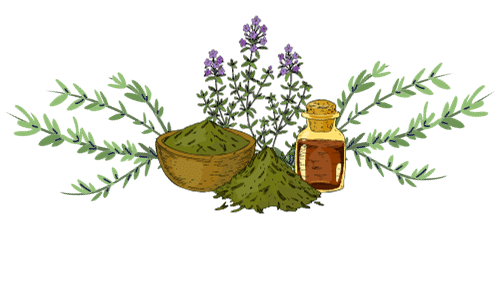New Jersey Tea wasn’t always called that. It was Red Root Tea until the Boston Tea Party. With no tea from China via England colonists turned to other sources of tea.Two natives became substitutes, a particular goldenrod and Red Root. Since Red Root was abundant in New Jersey the name stuck.
Ceanothus is from a Greek name for a corn thistle, keanothos. Americanus means of America. Other common names besides Red Root are Wild Snowball, Mountain Sweet and Wild Lilac.
From Plants For A Future Data Base: The roots and root bark of Ceanothus americanus was used extensively by the North American Indians to treat fevers and problems of the mucous membranes such as catarrh and sore throats. Current day usage of the roots concentrates on their astringent, expectorant and antispasmodic actions and they are employed in the treatment of complaints such as asthma, bronchitis and coughs.
The roots and root-bark are antispasmodic, antisyphilitic, strongly astringent (they contain 8% tannin), expectorant, haemostatic and sedative. They have a stimulatory effect on the lymphatic system, while an alkaloid in the roots is mildly hypotensive. The plant is used internally in the treatment of bronchial complaints including asthma and whooping cough, dysentery, sore throats, tonsillitis, hemorrhoids etc. A decoction of the bark is used as a skin wash for cancer and venereal sores. The powdered bark has been used to dust the sores. The roots are unearthed and partially harvested in the autumn or spring when their red color is at its deepest. They are dried for later use. Other
Uses: A green dye is obtained from the flowers. A cinnamon-coloured dye is obtained from the whole plant. A red dye is obtained from the root. The flowers are rich in saponins, when crushed and mixed with water they produce an excellent lather which is an effective and gentle soap. They can be used as a body wash (simply rub the wet blossoms over the body) or to clean clothes. The flowers were much used by the North American Indians as a body wash, especially by the women in preparation for marriage, and they leave the skin smelling fragrantly of the flowers.
